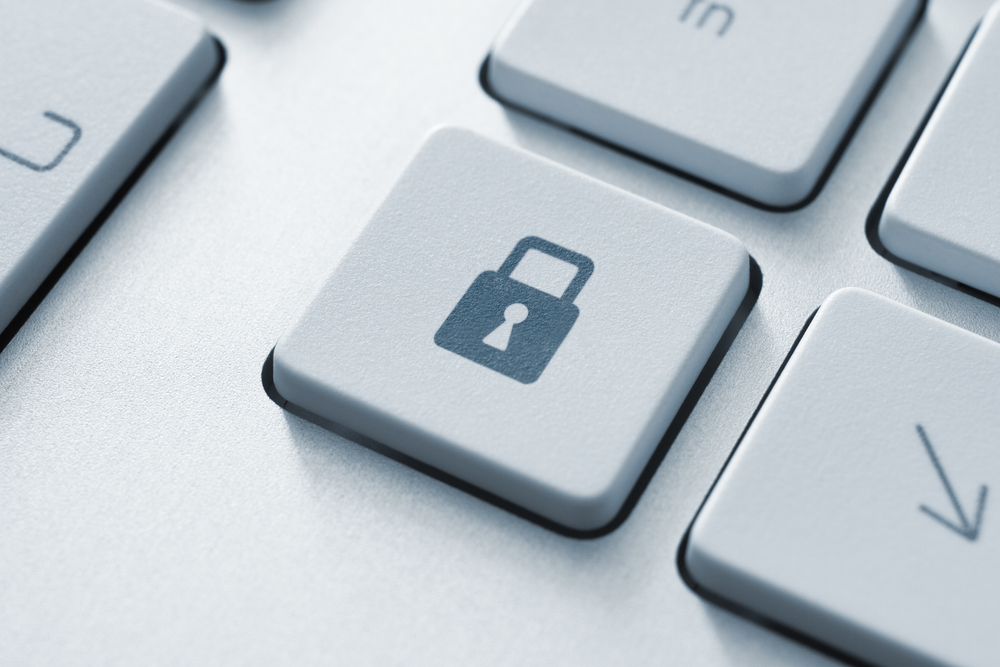
How to Ensure Your Company’s IT Security While Working From Home
If your company is like most others in this current climate, some or all of your staff are currently working from home. We've all made quick arrangements to make remote working happen but it’s looking increasingly likely that remote working systems may need to be in place for many weeks or months to come.
And even when we do start returning to the workplace, it’s clear that the way we work will have changed forever. There will be more demand and acceptance for flexible working and we will need strong and robust long-term solutions. Not interim solutions.
This is why it's important to audit your current IT infrastructure and security measures for the new remote working reality. And to design and put in place long term solutions that can be tested and reevaluated as time goes on and the situation continues to evolve.
Infrastructure
Before putting in place permanent remote working policies, it’s important to understand the existing capabilities of your company’s technology infrastructure. By conducting an infrastructure audit you can create a baseline that establishes the current capabilities, strengths, and areas that need to be improved on.
Testing should be carried out to determine internet bandwidth and storage capacities so that systems can handle the remote access requirements of day to day operations. The access needs of a large remote workforce can impose far greater demands on network bandwidth than your systems may currently be set up to handle. The more of the core business that is operated from the cloud, the easier it will be for a large number of employees to work remotely via the web.
Videoconferencing, teamwork, productivity, and time management platforms need to be assessed to ensure every employee has the software and tools required to continue communicating and collaborating with teammates on common platforms. These should be rolled out as standard tools so that everyone is working on the same page. There’s no point in only half your staff being on Slack and the rest using a mix of personal apps or platforms to communicate with co-workers.
All necessary equipment needs to be assessed including:
● Laptops - will the company rely on a Bring Your Own Device (BYOD) system or company issued devices?
● Headsets - have people like customer service agents been issued with high quality headsets so they can make many customer calls per day without having to rely on substandard personal headphones?
● Access devices - do all staff have fobs or other 2 Factor Authentication (2FA) and Multi Factor Authentication (MFA) devices needed to securely access networks?
Security
There are many security elements that modern organisations take for granted day to day. This is because the security of the vast majority of systems and components can be controlled by in-house IT teams or offsite cloud providers.
But once the whole workforce is suddenly working from personal laptops and connecting via home WiFi networks, it becomes far more complex to ensure that system access is reliable and secure. There needs to be systems in place to manage access controls and policies and procedures to deal with sensitive data that cannot be allowed to leave internal servers.
Some of the other key elements that need to be included in the security audit will include:
● Antivirus software for all devices
● Firewalls
● Device encryption
● Password protection
● VPNs
Make remote working work long term
The technologies that make effective remote working possible are a long term investment that need to be properly planned and budgeted for. And don’t forget that once you have the right infrastructure and security measures in place, it's also important that you train your team to use it effectively and keep systems up-to-date.
While most companies have been forced to set up these tools and technologies on short notice as a result of COVID-19, there will likely be a far more permanent shift to remote working after the pandemic has cleared. For this reason it’s important to implement these measures properly with an eye to the future.
A service partner such as FinXL can help. To find out more, reach out to FinXL, who would be happy to assist you with your long term tech planning.
